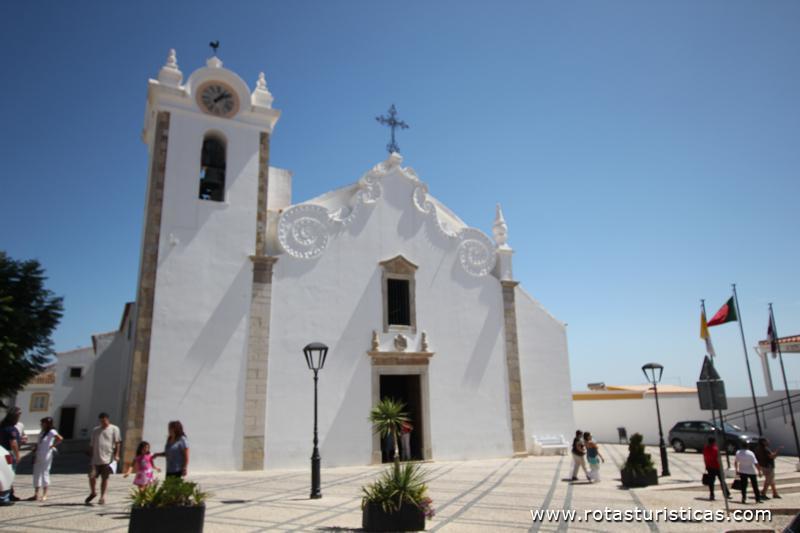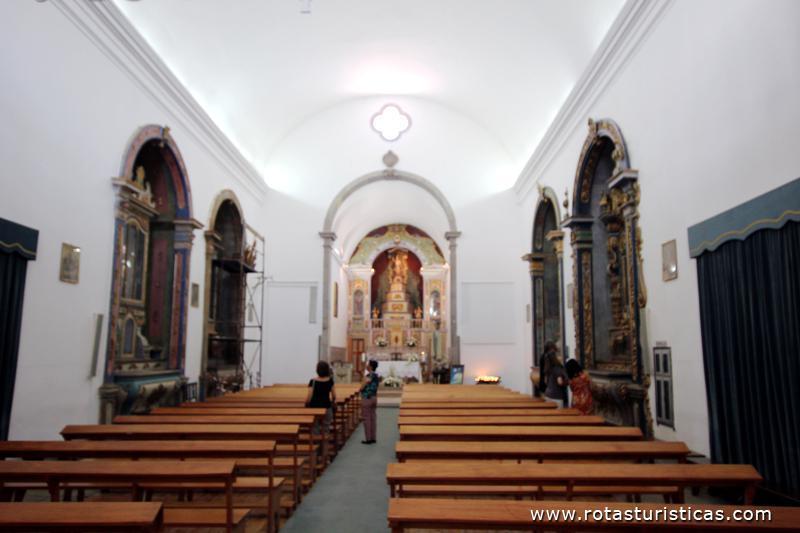Boliqueime, Algarve, Portugal
Suggest Place to Visit
9525
Track to location with GPS |
 |
The most remote information dates from 1518. At that time it was a simple chapel belonging to the parish of São Clemente de Loulé. The inhabitants of that place had recently built the chapel and maintained it at their expense (Visitation of the Order of Santiago to the Algarve 1517-1518, p. 92).
In the following two decades, interior decoration is carried out and the necessary implements for worship are acquired. In relation to the first aspect, two interventions are evident - on the one hand, according to medieval tradition, the walls were painted with the Holy Spirit when it descended on the Apostles, on the other, as an innovation, a wooden altarpiece is acquired. painted with São Sebastião, Santo António, Temptation and Visitation. Regarding the second aspect, the acquisition of implements from Flanders - two towels and a lamp - and from India - a front from Chaúl stands out. (Visitations of the Order of Santiago to the Churches of the Municipality of Loulé, 1534, pp. 33 and 34).
After the elevation of the parish headquarters, probably in the fourth decade of the 16th century, the temple was rebuilt, which now has three naves. The artistic form adopted appears to be Manueline, as can be seen from the description of the main portal and the exterior of the main chapel (Visitation of Algarvian Churches of the Order of Santiago from 1554, pp. 34 to 36).
At the Visitation of 1565 the church was completed, however the chancel needed to be rebuilt as it threatened ruin. (Ataíde Oliveira, Monograph of the Municipality of Loulé, p. 145).
The 1755 earthquake devastated the old settlement: ´´demolished the church entirely to the foundations, being one of the largest in this circuit, having the same total destruction twenty-six addresses of houses that were in place, needing the residents who escaped by miracle to live in the fields, using some of the houses that previously ignored them. A Chapel of Our Lady of Consolation was undone that was forty steps from the Church´´. (Parish Memories of 1758).
At the origin of the current village of Boliqueime was the Igreja Matriz, the first equipment to be built after the 1755 earthquake.
The construction must have started in the following year, highlighting the legendary nature of the choice of the site: ´´The works started in the Diogo Neto mountain range, eight hundred meters from Boliqueime Velho, but the tools of the workers disappeared from the place, being found in the morning at the site of the current headquarters. Then they built it´´. (Ataíde Oliveira, Monograph of the Municipality of Loulé, p. 146).
In 1759 the new temple was completed, and this date was placed in the closing of the main portal.
Except for the chapel of Nossa Senhora das Dores, the remaining altarpieces of the nace and the main chapel were executed after the implantation of Liberalism, already in a period of artistic decay.
One of the most devoted brotherhoods of the faithful was that of Nossa Senhora das Dores, which, in the years immediately after the conclusion of the Church, had the side chapel that was given to it on the nave of the new temple covered.
In the altarpiece the rococo form was adopted, highlighting the fact that the carved covering extends through the soffit and the face of the chapel. The altarpiece itself uses an infrequent typology because it uses a convex plant. It is worth noting the dynamism of the composite pillars, the Solomonic columns and the mistilineal pediment and also the gracefulness of the shellfish, namely on the altar table.
Although the identity of the master who conceived and executed the carving is unknown, it was certainly the responsibility of a workshop based in Faro, headquarters of the bishopric and the main productive center of the Algarve region.
Among the nucleus of religious sculpture currently existing in this temple, composed of twenty-seven wooden images from the 16th to the 19th centuries, Our Lady with the Child stands out.
It is a small example (36x12cm) from the primitive Chapel of São Sebastião de Boliqueime, once located in Povo Velho, on the outskirts of the current parish headquarters. This image was acquired shortly before 1534, the date on which it is referenced among the objects that were found again in that temple. (Visitations of the Order of Santiago to the Churches of the Municipality of Loulé, 1534, p. 33).
This image of Malines, like others existing in the Algarve and throughout the country, was imported from Flanders as a result of an intense commercial and artistic exchange between Portugal and that region of Northern Europe, in the 15th century and the first half of the century XVI.
Regarding the pictorial remains in this temple, there are only two framed paintings, both displayed on the side walls of the main chapel. One of them represents Our Lady at the foot of the cross with Christ dead in her arms, both accompanied by the figure of an angel who rests her left arm on the Lord's leg. It is a modest, 19th century example of regional execution.
The primitive temple was located in the old village of Boliqueime, today called Povo Velho, slightly removed from the current parish seat.
Of greater technical quality is the image of Nossa Senhora da Conceição, executed in the third quarter of the 18th century by an artist of greater projection. This painting is inserted in the rococo form, highlighting the agitation of the Lady's mantle, namely the left tip that opposes the hand that holds a lily. Also noteworthy is the gracefulness of the face and the delicate treatment of the hands.
Source: www.cm-loule.pt
Comments
We don´t have yet any comments about:
Mother Church of s. Sebastião - Boliqueime
Mother Church of s. Sebastião - Boliqueime
Be the first to leave a comment as it is very important to inform other people
Outros locais a visitar
Within a radius of 20 km from:Mother Church of s. Sebastião - Boliqueime
São Faustino Church (Boliqueime) |
| 0,0 Km |
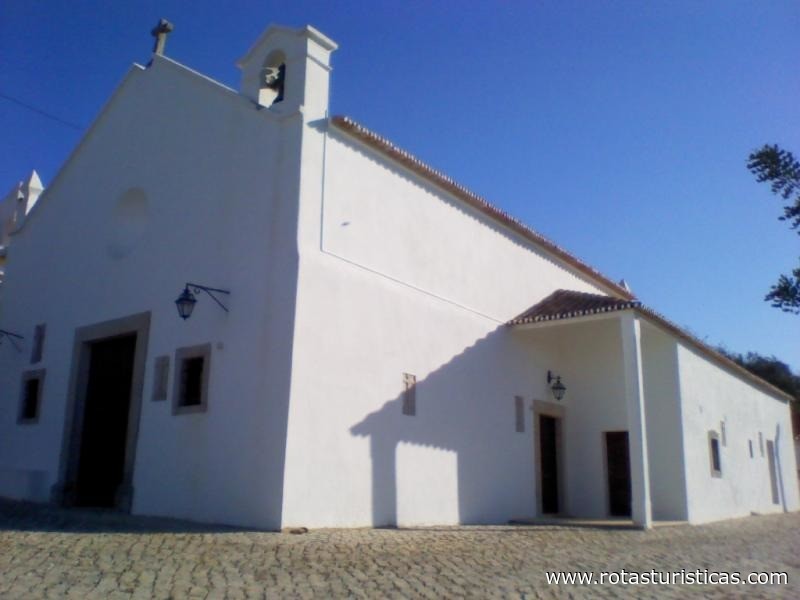 |
Old Bridge of Paderne |
| 4,3 Km |
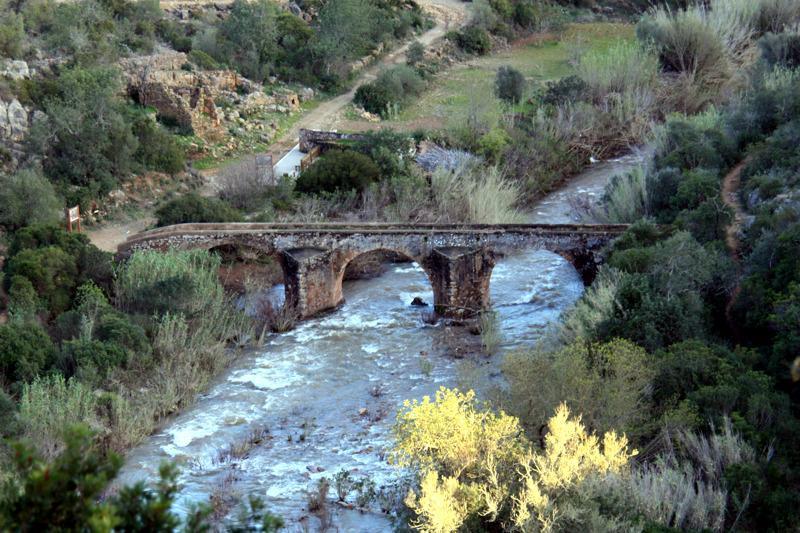 |
Castle Almoad (Paderne) |
| 4,5 Km |
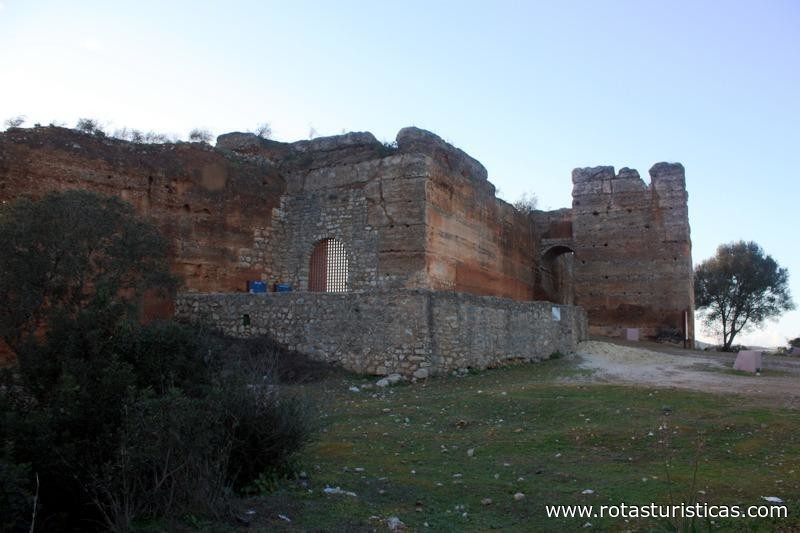 |
Castle river dike, Paderne |
| 4,6 Km |
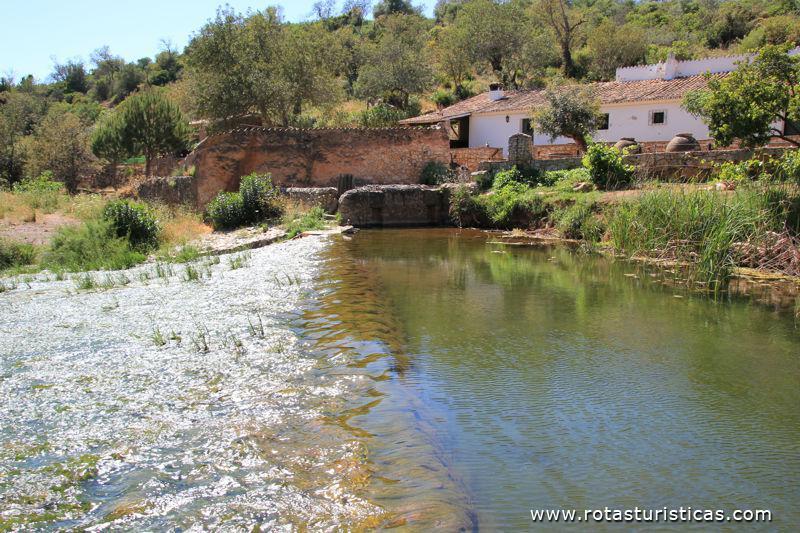 |
Picota Mill (Boliqueime) |
| 5,1 Km |
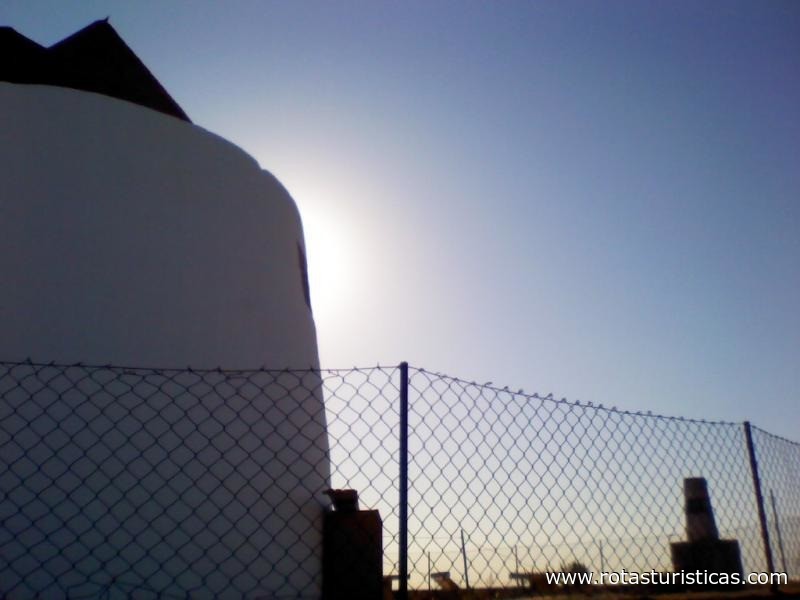 |
Barranco de las Belarucas Beach (Albufeira) |
| 5,1 Km |
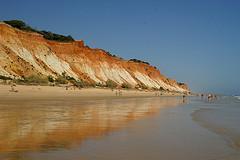 |
Falésia Beach (Albufeira) |
| 5,3 Km |
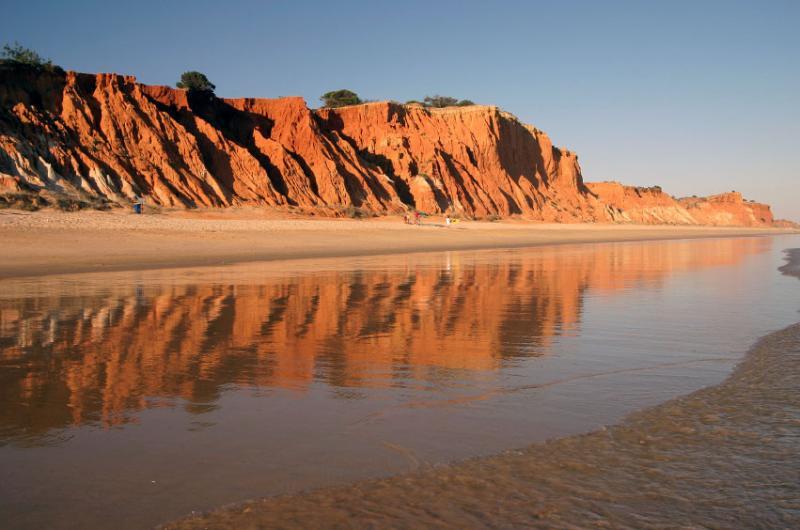 |
Olhos De Agua - Informação Geral |
| 5,5 Km |
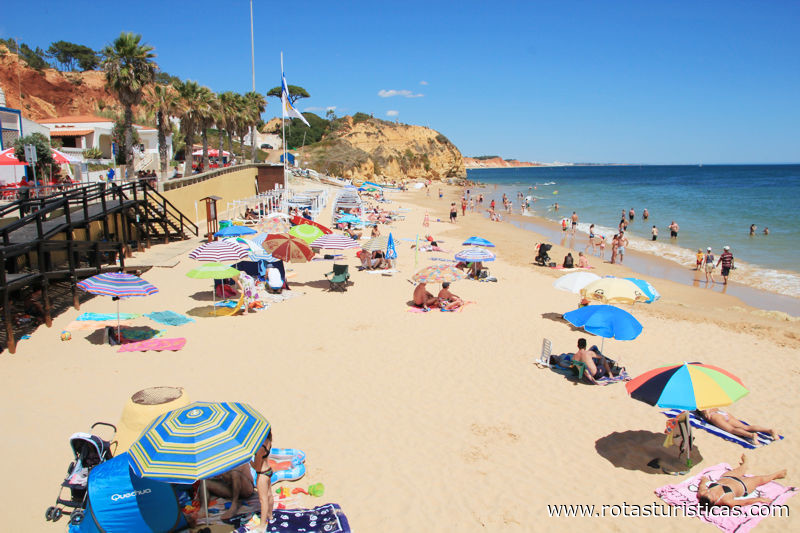 |
Olhos de Água Beach (Algarve) |
| 5,5 Km |
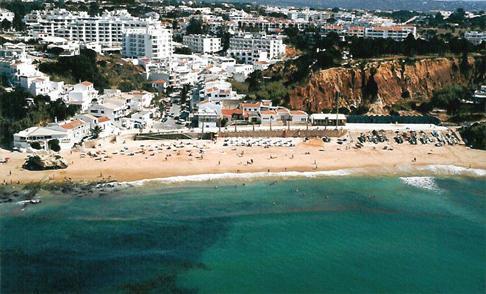 |
Leitão windmill (Paderne) |
| 5,6 Km |
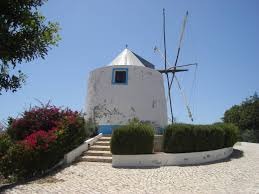 |
Moinho das Canas, Paderne |
| 5,8 Km |
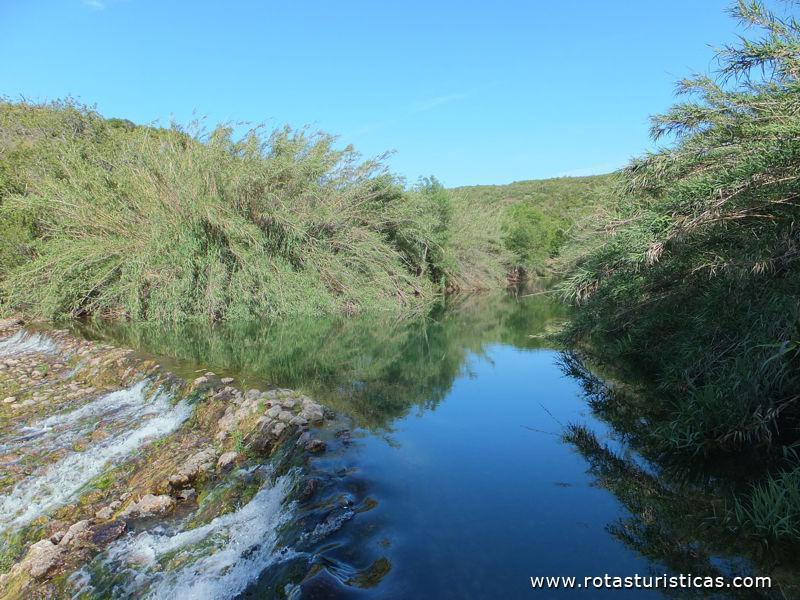 |
Fountain of Paderne |
| 5,9 Km |
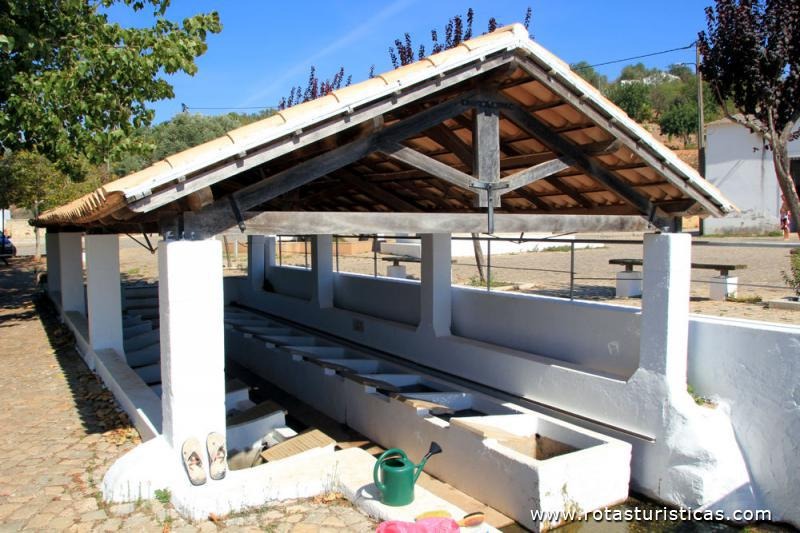 |
Mother Church of Paderne |
| 6,1 Km |
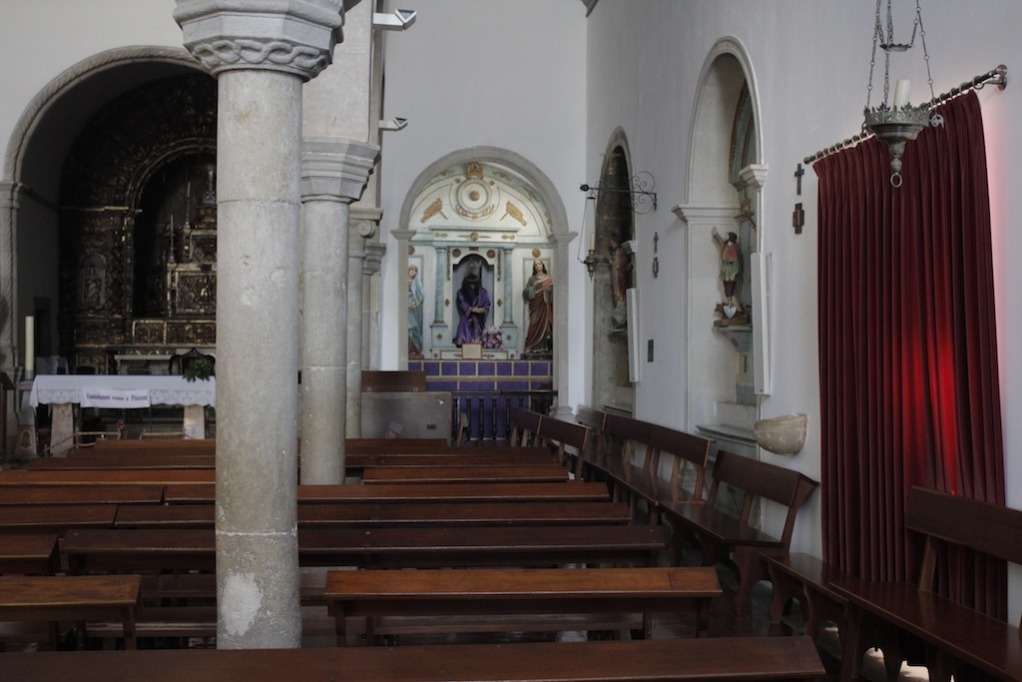 |
Maria Luisa |
| 6,1 Km |
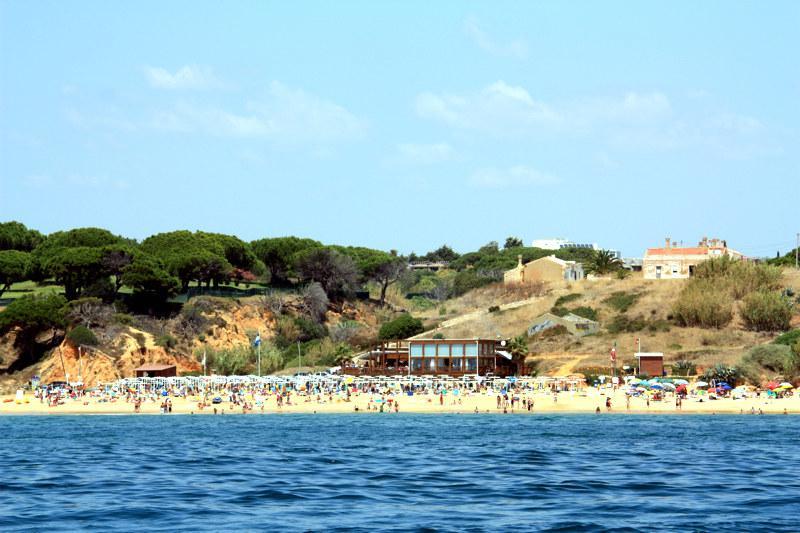 |
Maria Luisa Beach |
| 6,2 Km |
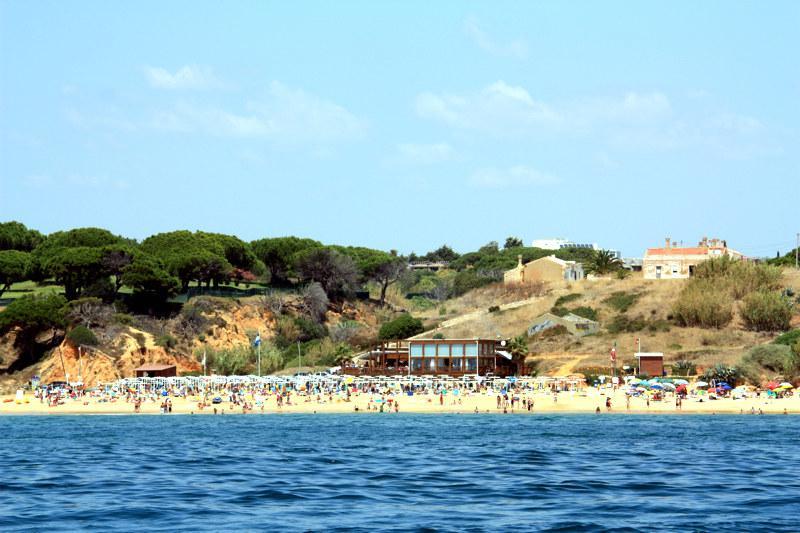 |
Museum of the Accordion (Paderne) |
| 6,2 Km |
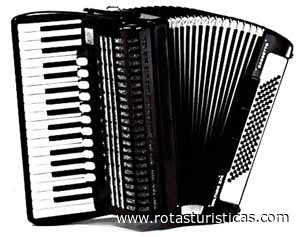 |
Pego da estacada, Paderne |
| 6,2 Km |
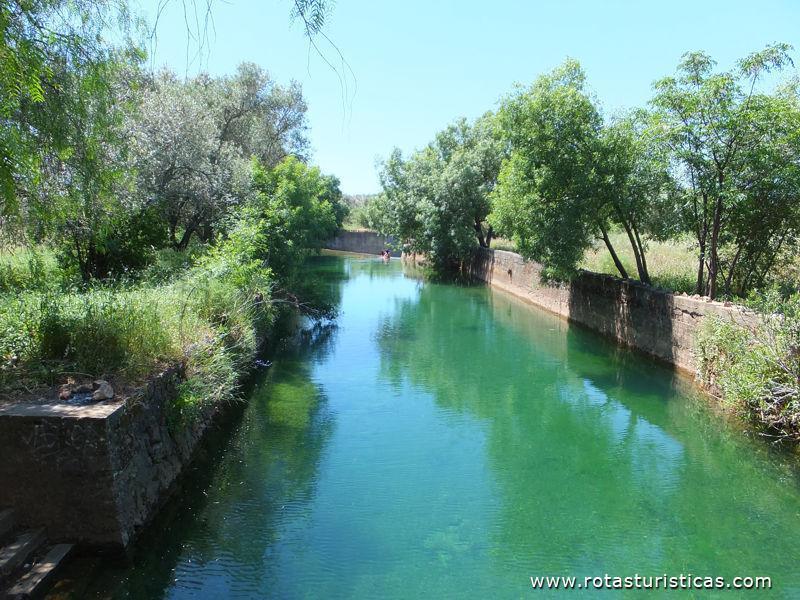 |
Rocha Baixinha Beach (Albufeira) |
| 6,3 Km |
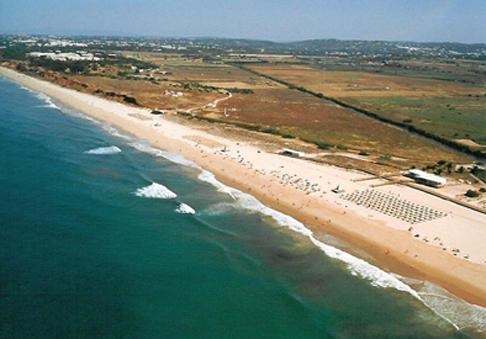 |
Chapel of N.ª S.ª do Pé da Cruz (Paderne) |
| 6,3 Km |
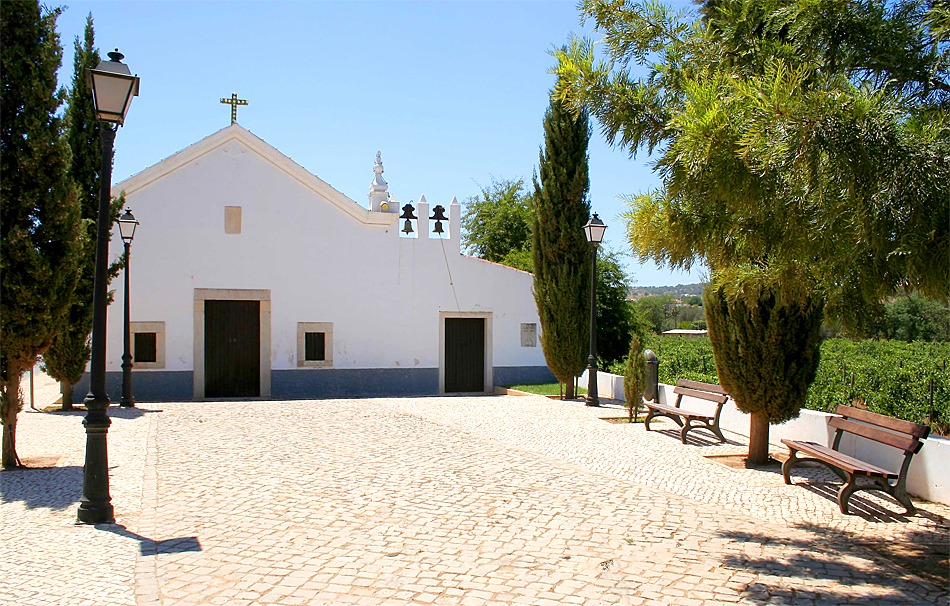 |
Roman Ruins of Cerro da Vila (Vilamoura) |
| 6,9 Km |
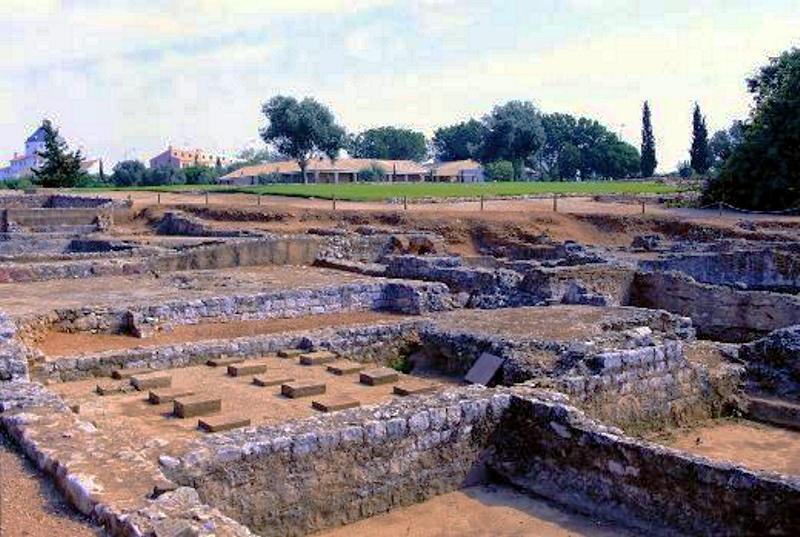 |
Cerro da Vila Archaeological Station (Vilamoura) |
| 6,9 Km |
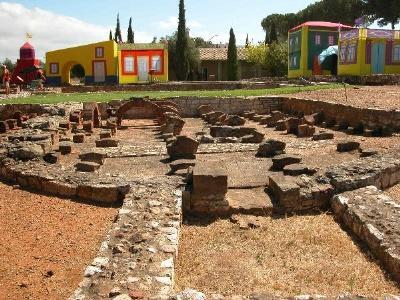 |
Vilamoura (Algarve) |
| 6,9 Km |
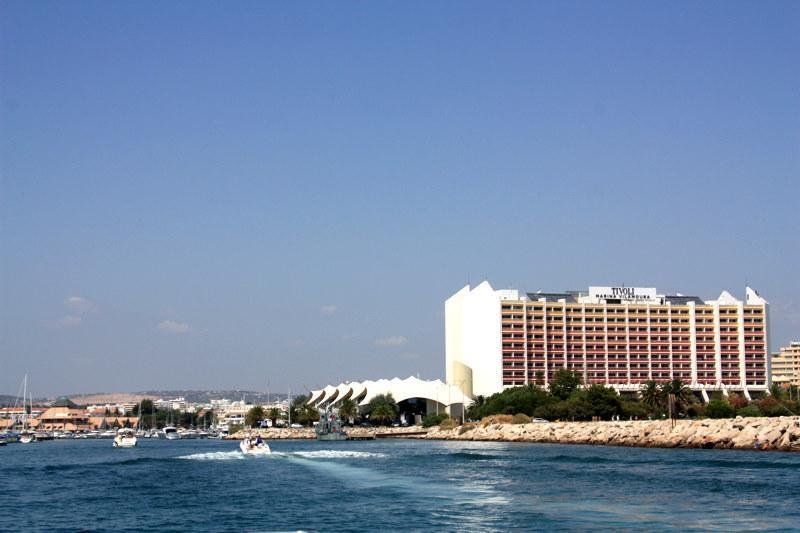 |
Santa Eulália Beach (Albufeira) |
| 7,0 Km |
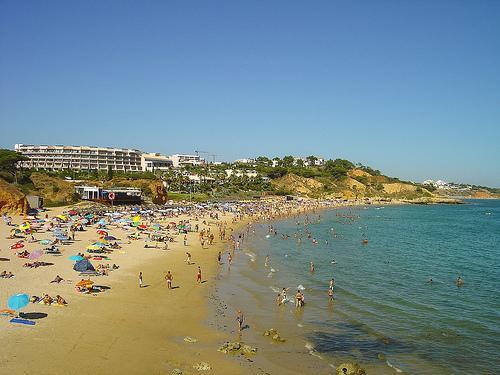 |
Marina de Vilamoura à noite |
| 7,3 Km |
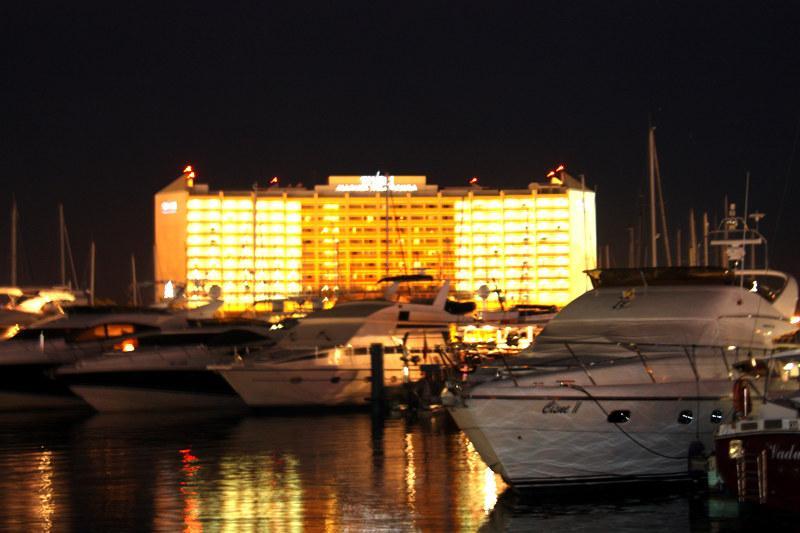 |
Marina of Vilamoura Beach (Algarve) |
| 7,6 Km |
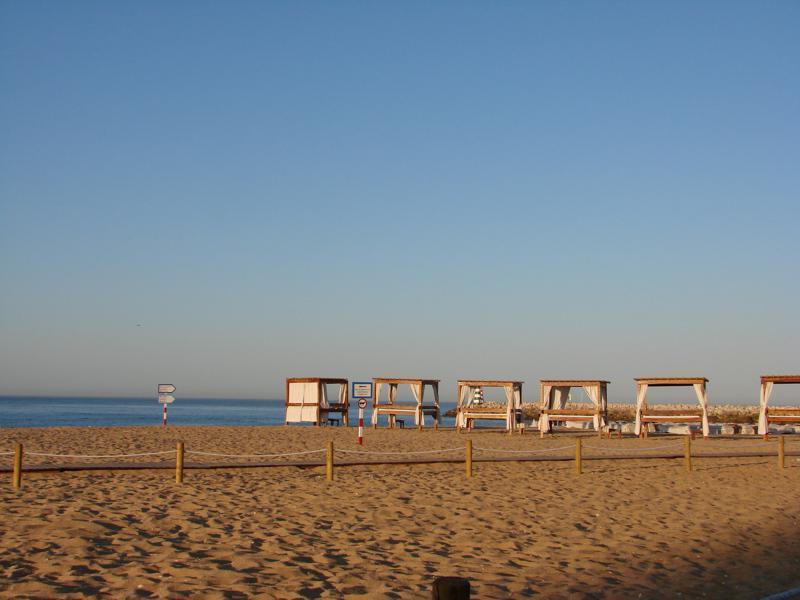 |
Oura beach |
| 7,9 Km |
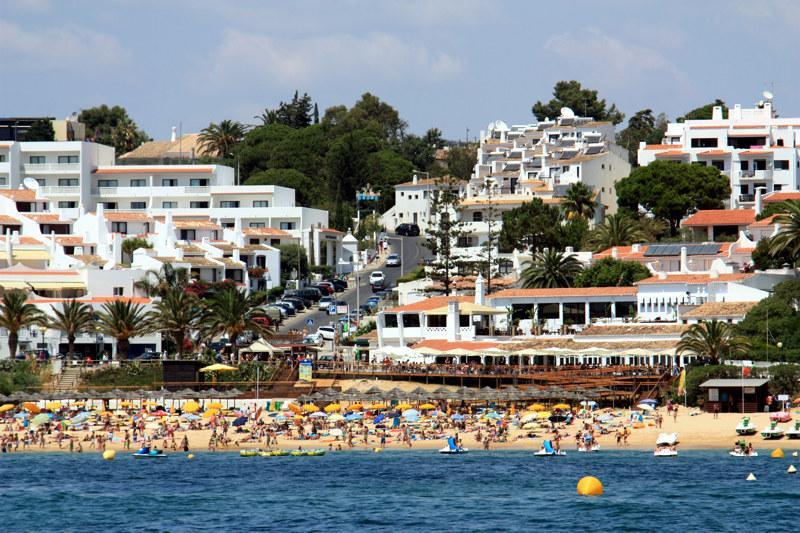 |
Aveiros Beach (Albufeira) |
| 8,5 Km |
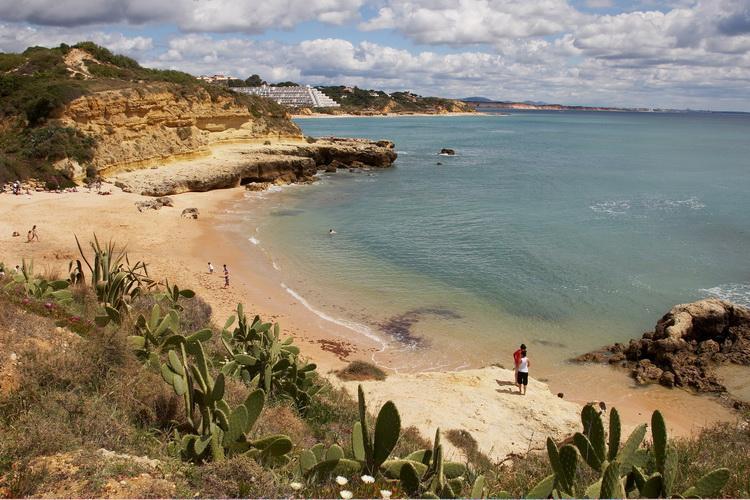 |
Fish Market (Quarteira) |
| 8,5 Km |
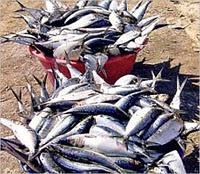 |
Quarteira - Informação Geral |
| 8,7 Km |
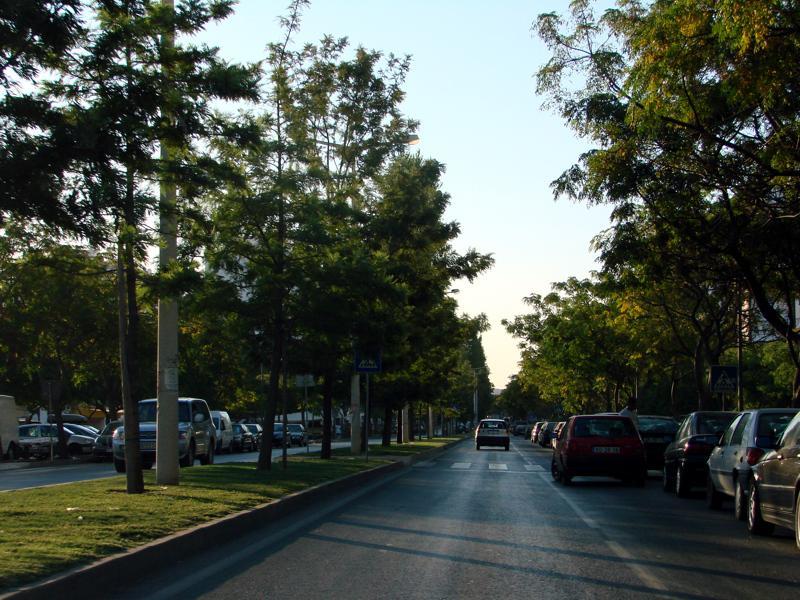 |
Forte de São João da Oura Beach |
| 8,9 Km |
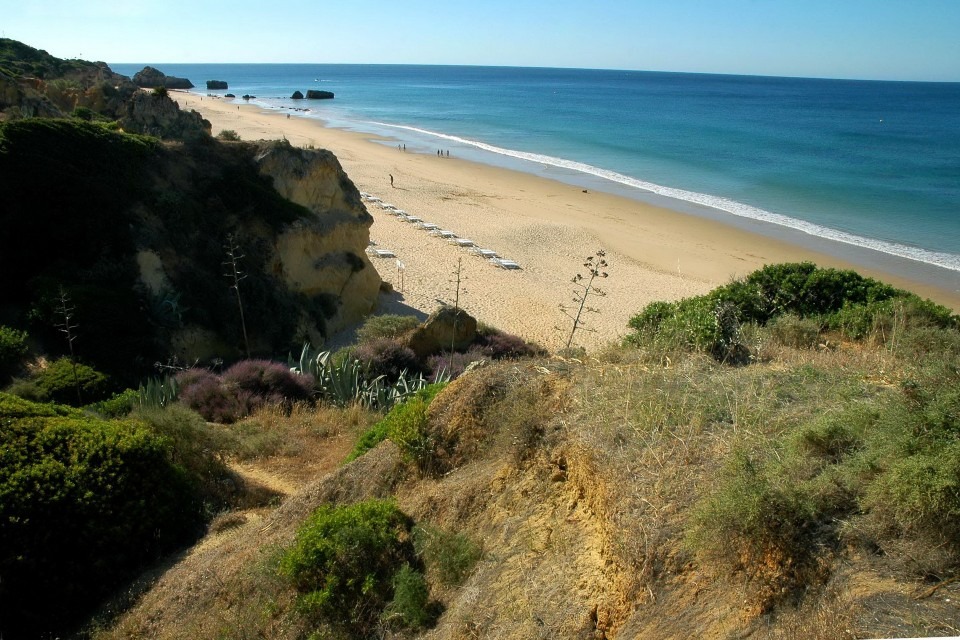 |
Alemães Beach (Albufeira) |
| 9,0 Km |
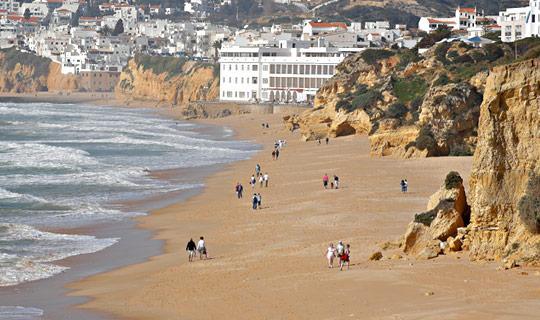 |
Quarteira Beach (Algarve) |
| 9,1 Km |
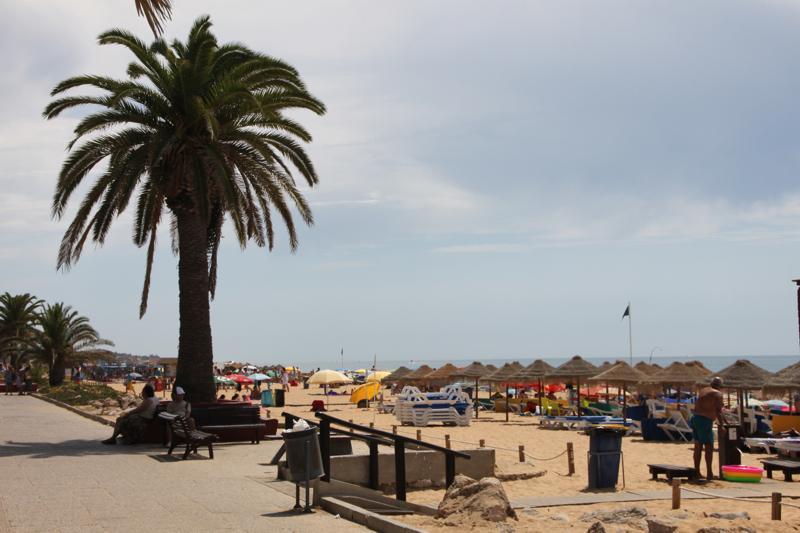 |
Inatel Beach (Albufeira) |
| 9,2 Km |
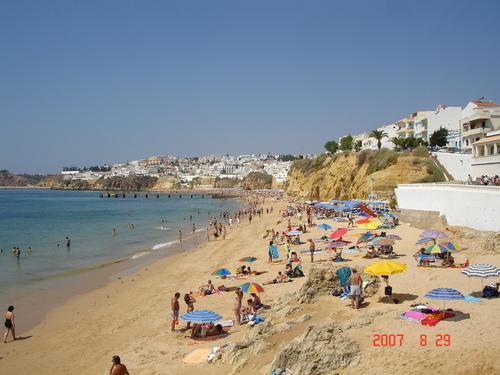 |
São Pedro do Mar Church (Quarteira) |
| 9,3 Km |
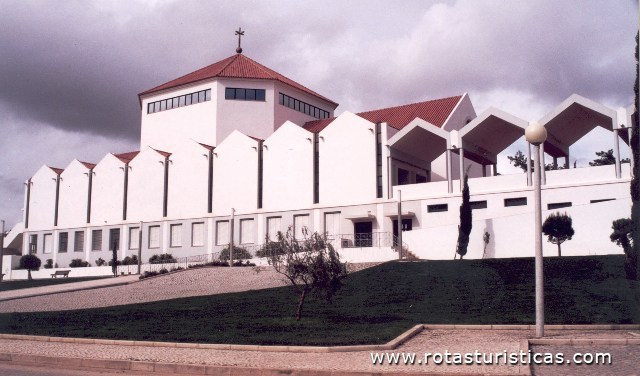 |
Fisherman's Beach Albufeira |
| 9,6 Km |
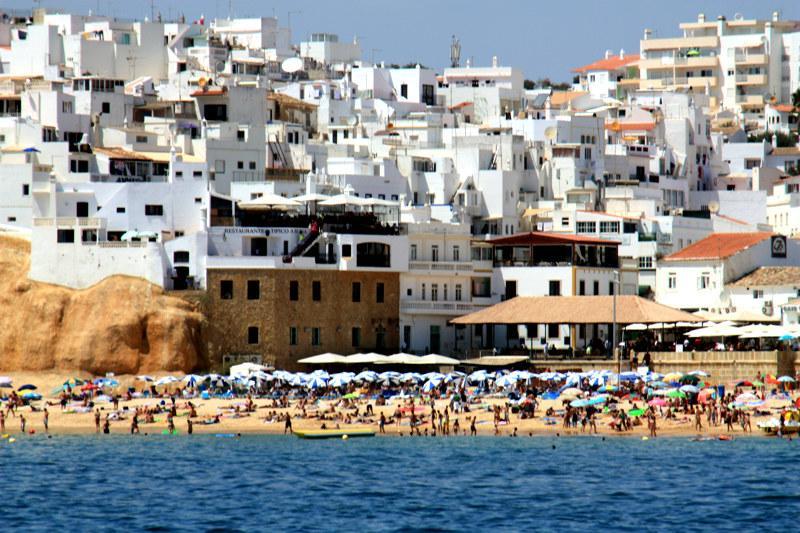 |
City of Albufeira (Algarve) |
| 9,7 Km |
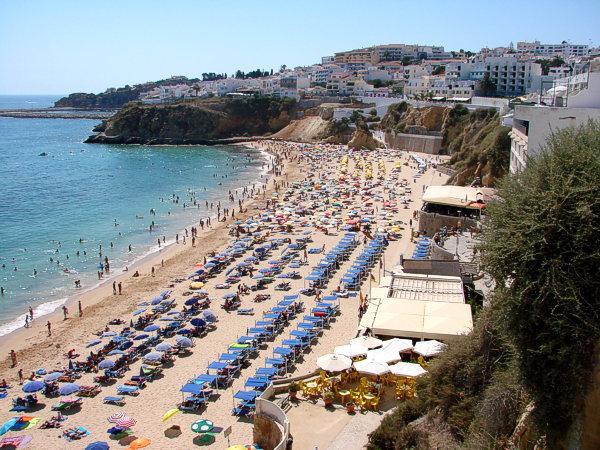 |
Albufeira Beach (Algarve) |
| 9,8 Km |
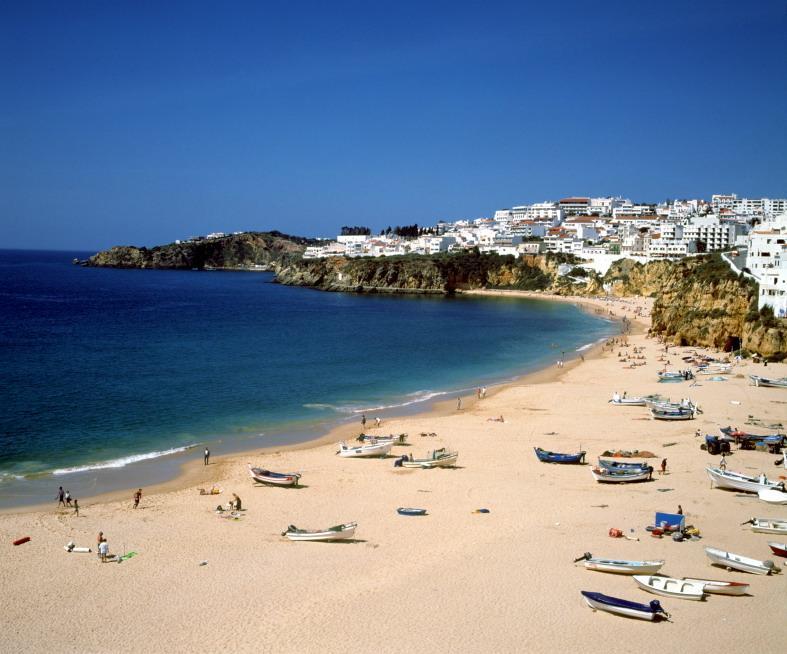 |
Forte Novo Beach (Quarteira) |
| 10,2 Km |
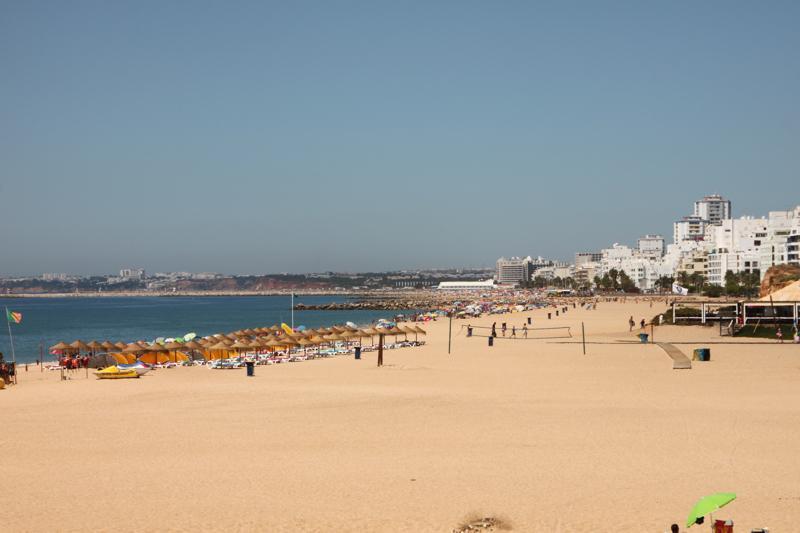 |
Cavalo Preto Beach (Quarteira) |
| 10,8 Km |
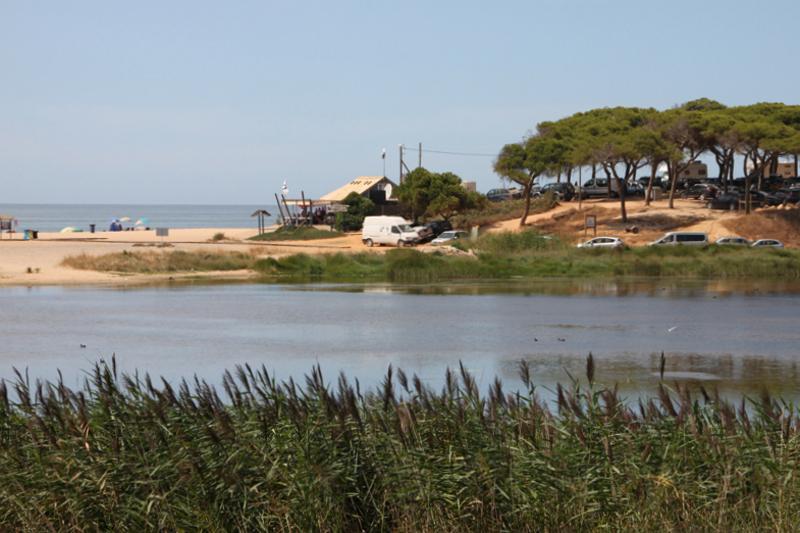 |
Albufeira Marina (Algarve) |
| 11,0 Km |
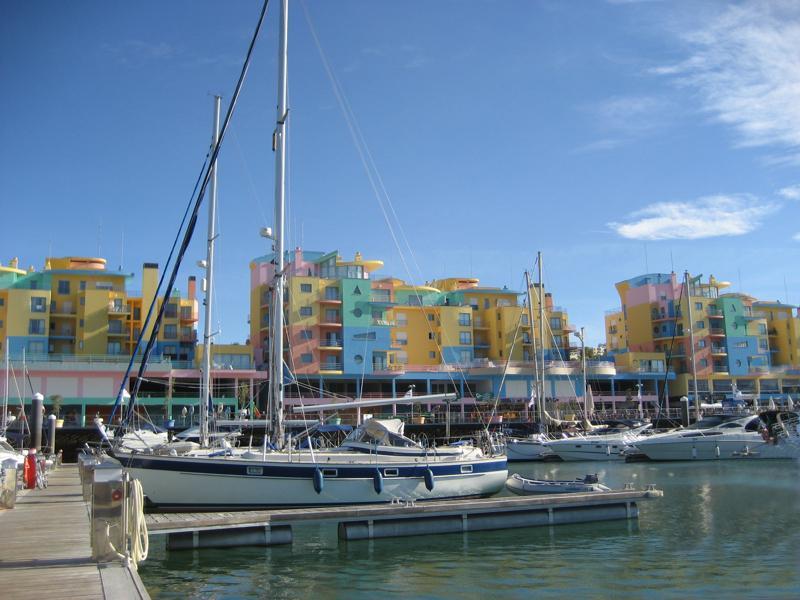 |
Arrifes Beach (Albufeira) |
| 11,3 Km |
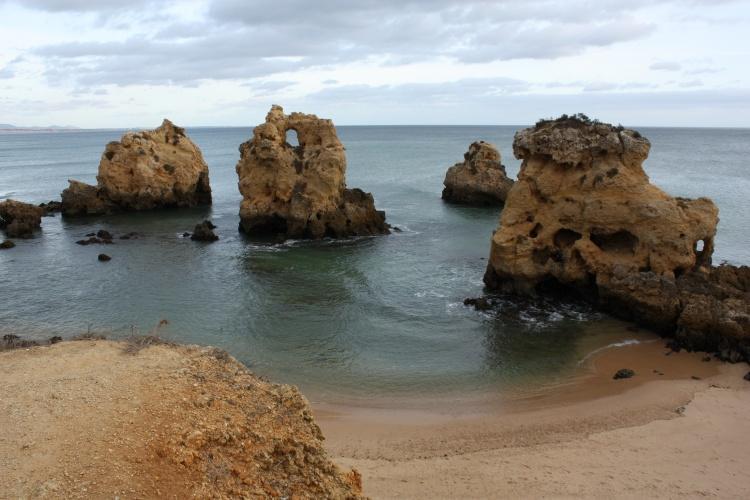 |
Alte village (Algarve) |
| 11,6 Km |
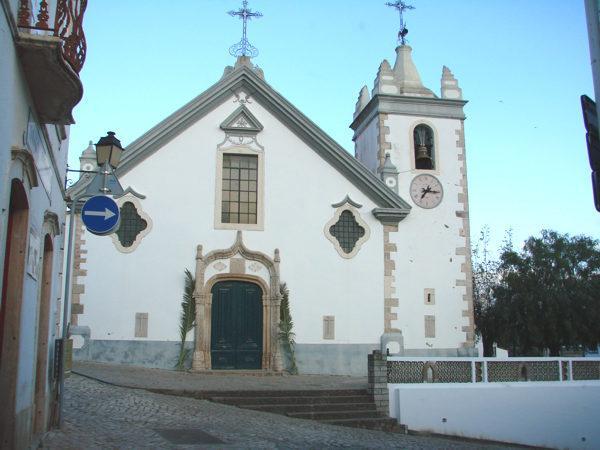 |
Mother Church of Alte (Algarve) |
| 11,6 Km |
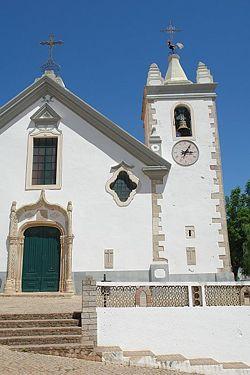 |
Our Lady of Glory Church (Benafim) |
| 11,6 Km |
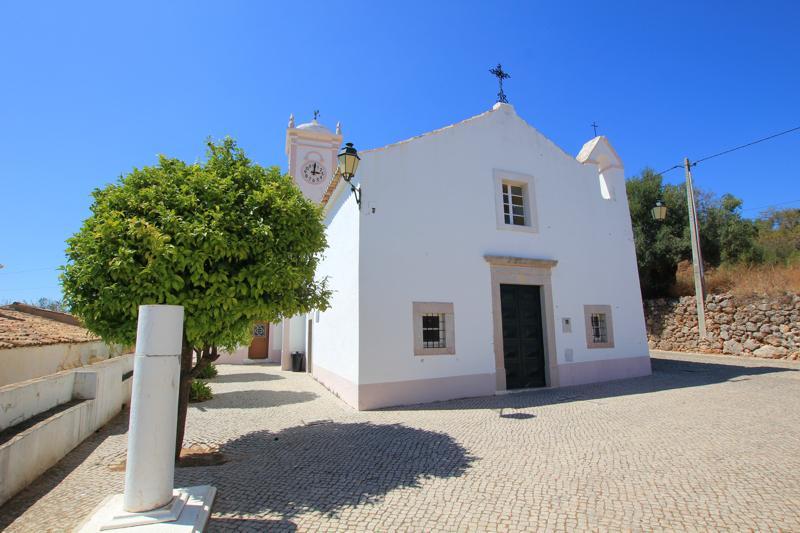 |
Small Fountain of Alte (Alte) |
| 11,7 Km |
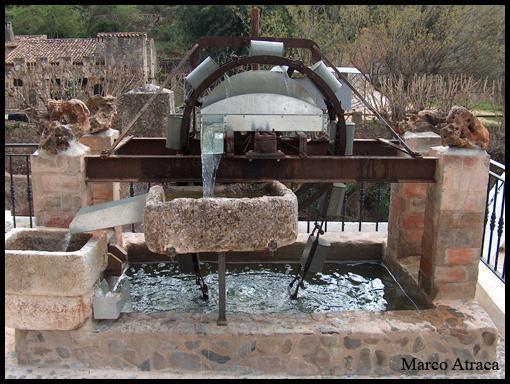 |
Fonte Grande of Alte (Algarve) |
| 11,8 Km |
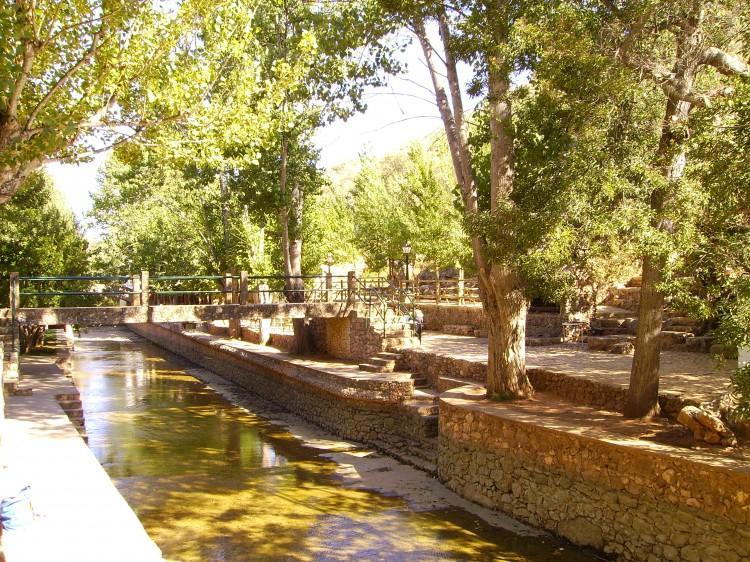 |
Mother Church of São Clemente (Loulé) |
| 12,0 Km |
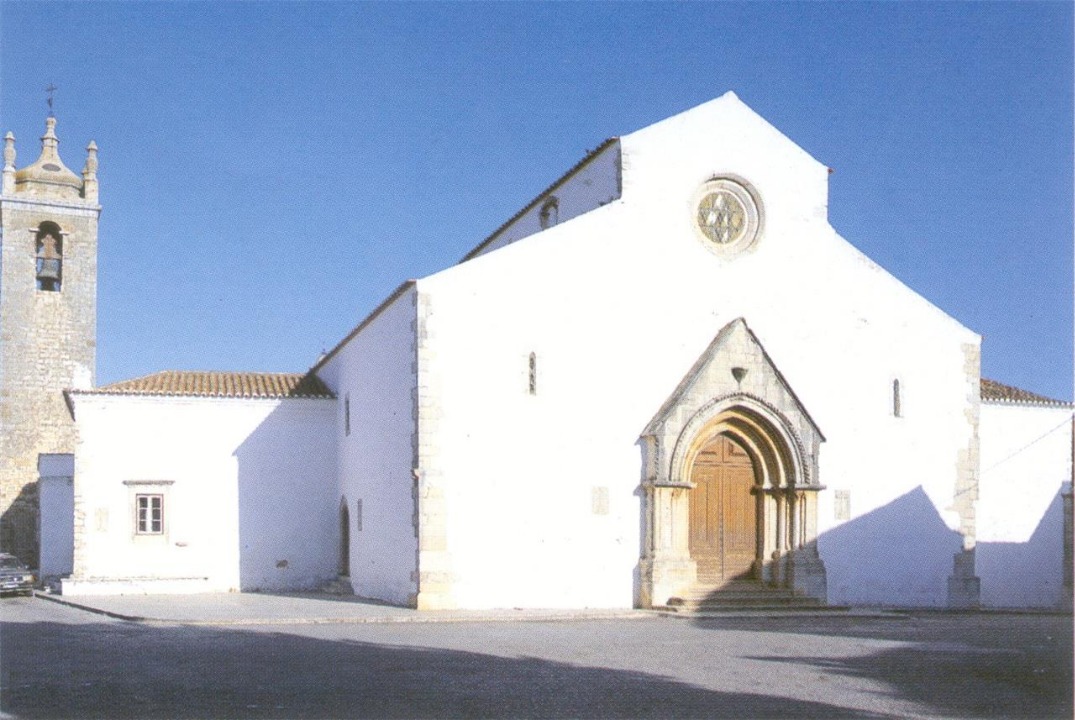 |
Loulé Castle (Algarve) |
| 12,0 Km |
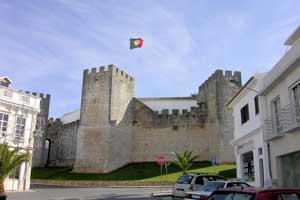 |
São Rafael Beach (Albufeira) |
| 12,5 Km |
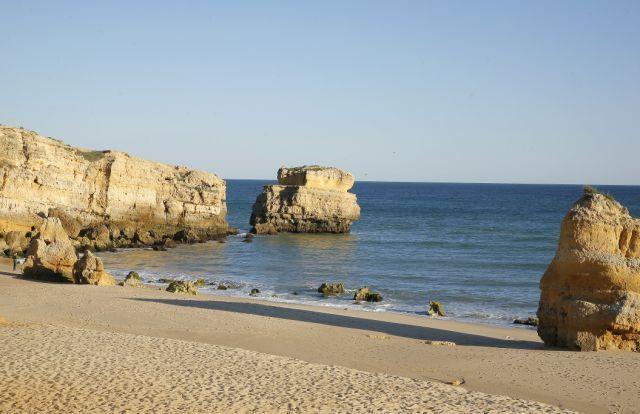 |
Vale do Lobo Beach (Algarve) |
| 12,6 Km |
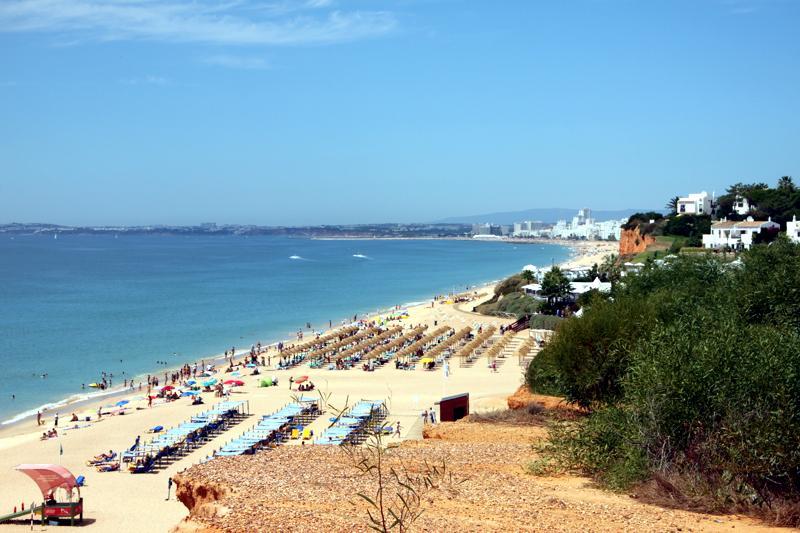 |
Tôr Roman Bridge (Loulé) |
| 13,3 Km |
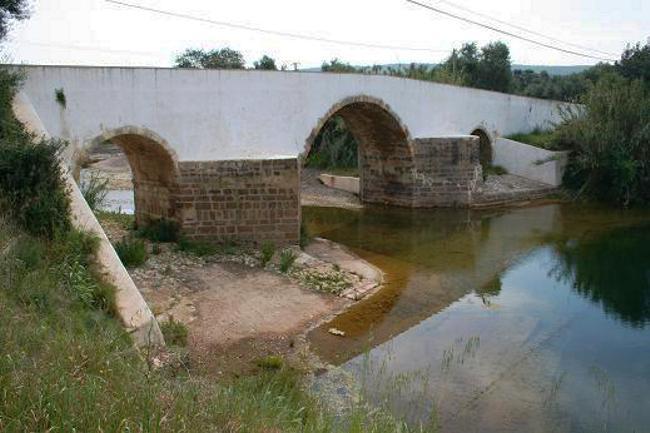 |
Tôr Bridge (Loulé) |
| 13,3 Km |
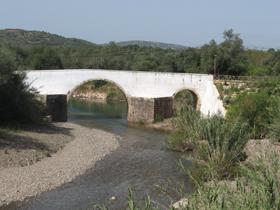 |
Monthly Market of Algoz (Algarve) |
| 13,4 Km |
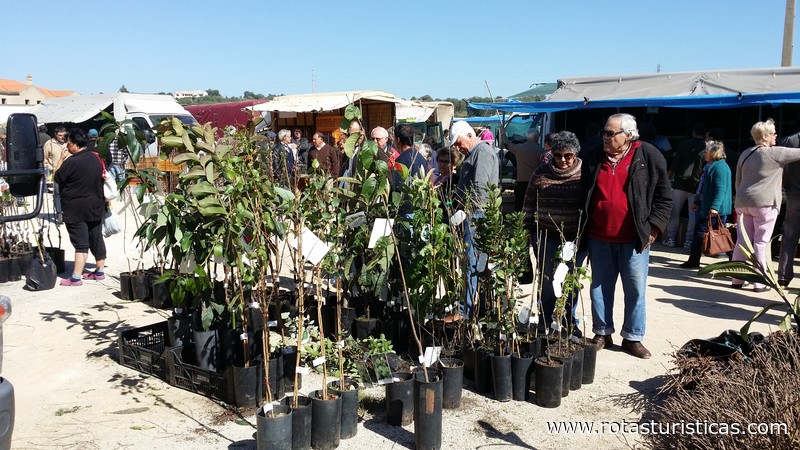 |
Coelha Beach (Albufeira) |
| 13,6 Km |
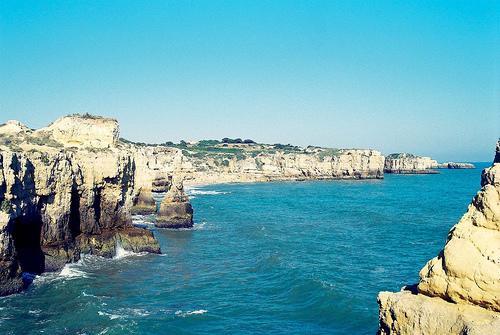 |
Zoomarine Algarve (Guia) |
| 13,8 Km |
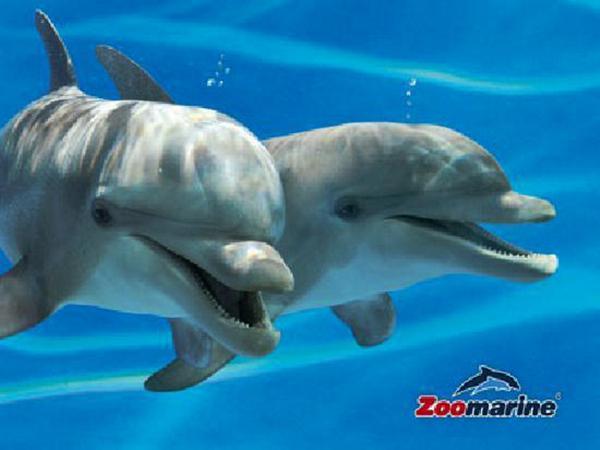 |
Castelo Beach (Albufeira) |
| 14,0 Km |
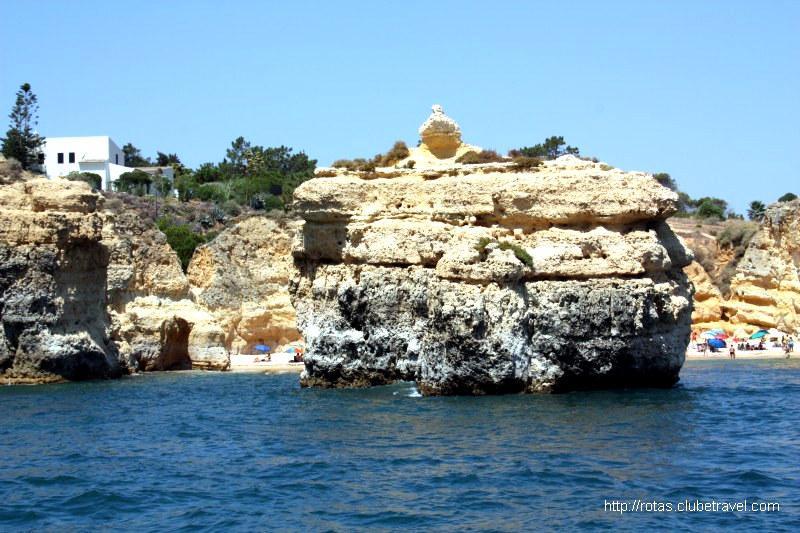 |
Evaristo Beach |
| 14,3 Km |
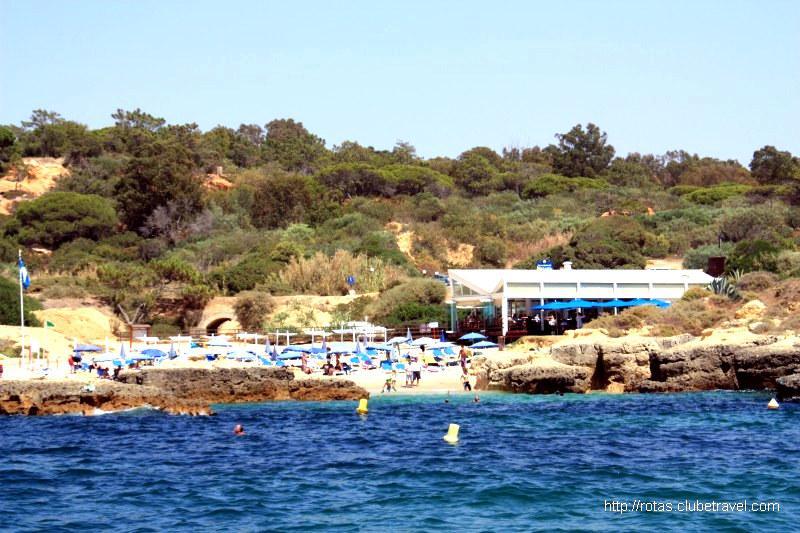 |
Vale do Garrão Beach (Algarve) |
| 14,4 Km |
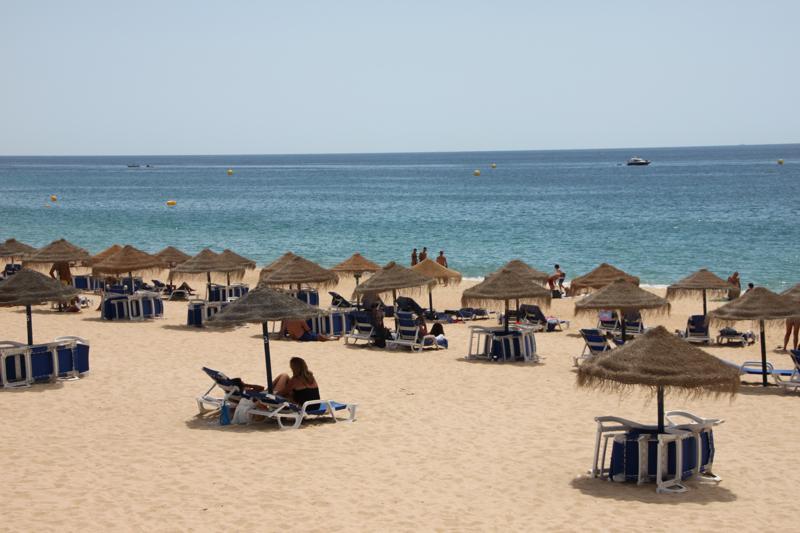 |
São Lourenço de Almancil Mother Church (Algarve) |
| 14,5 Km |
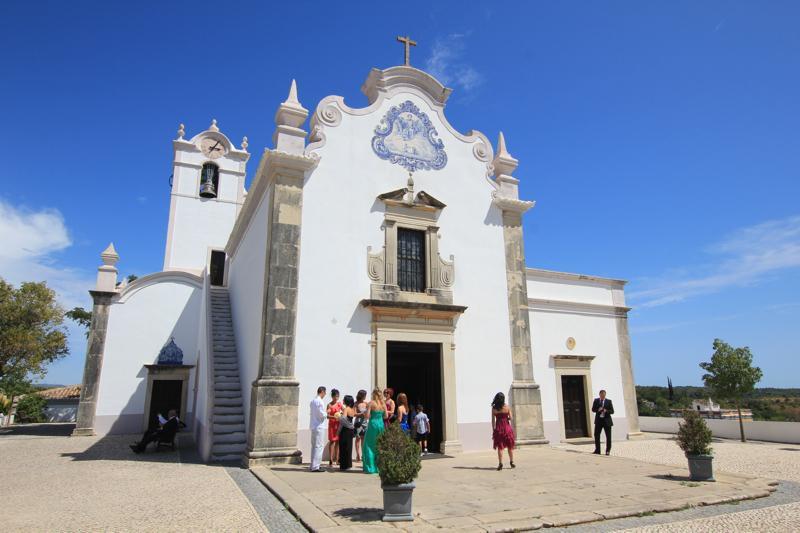 |
Praia do Lourenço |
| 14,7 Km |
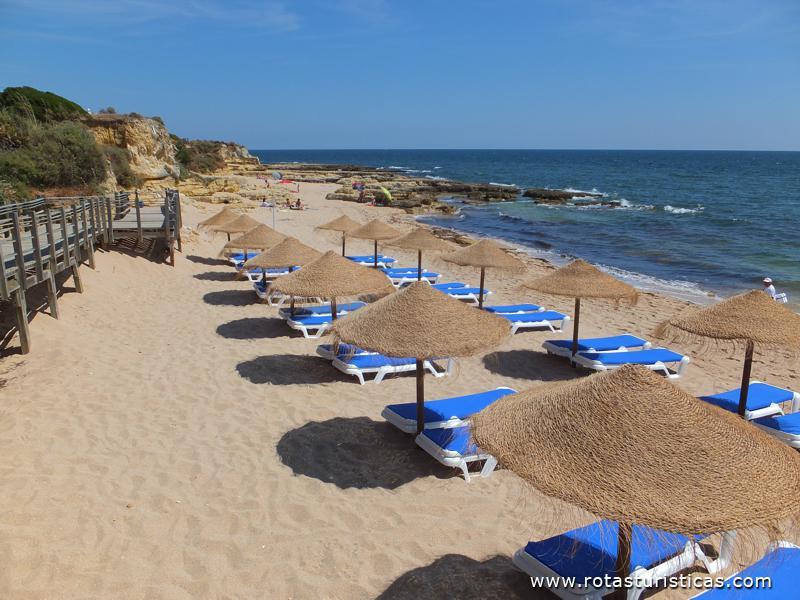 |
Beach Manuel Lourenço (Albufeira) |
| 14,7 Km |
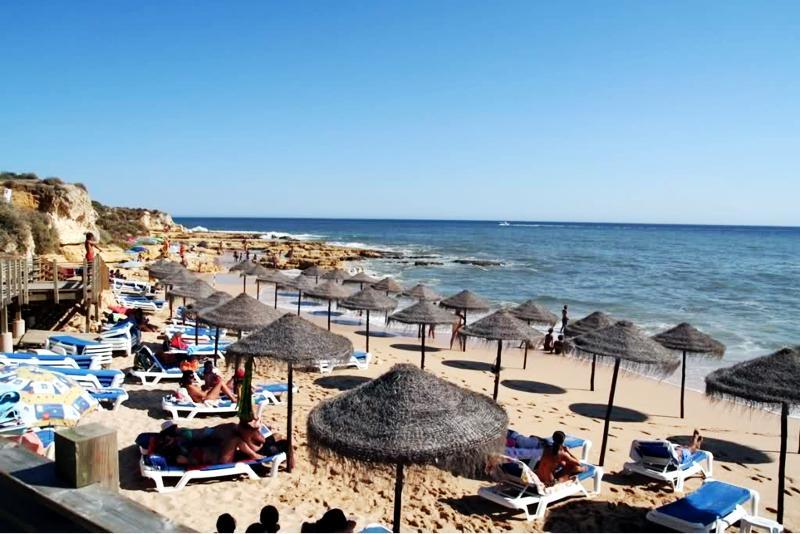 |
Rocha da Pena (Algarve) |
| 14,8 Km |
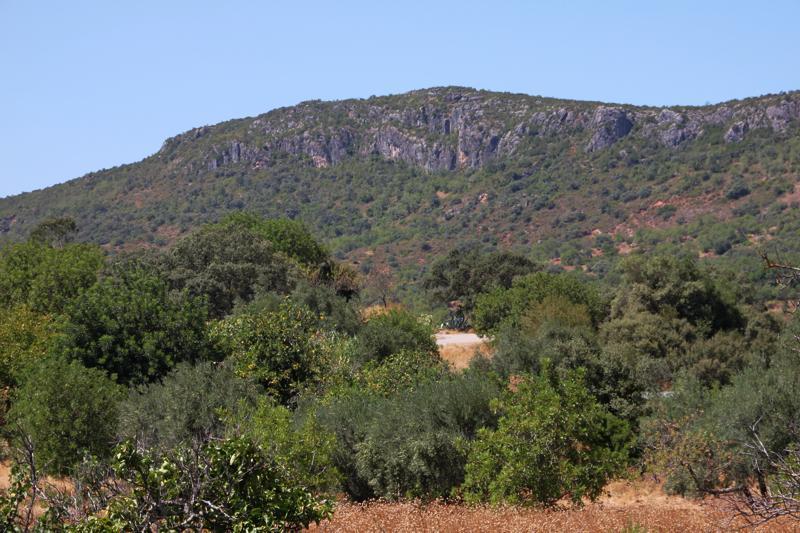 |
Beach of Galé (Albufeira) |
| 15,1 Km |
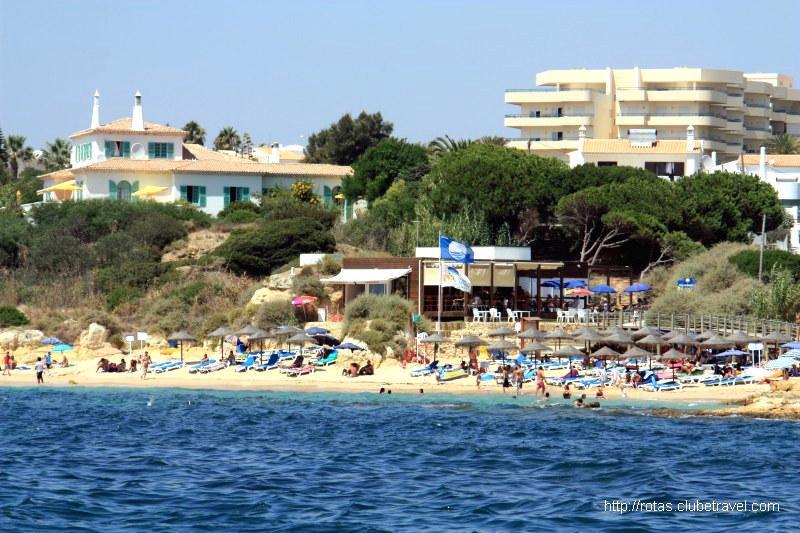 |
Ancão Beach (Loulé) |
| 15,2 Km |
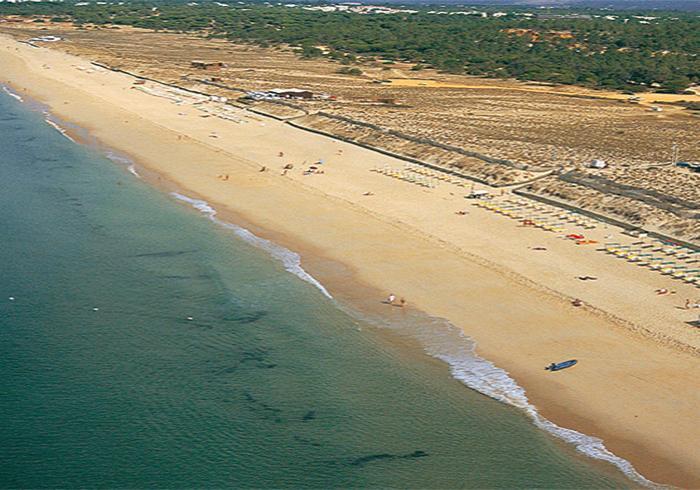 |
Benémola Fountain (Querença) |
| 15,6 Km |
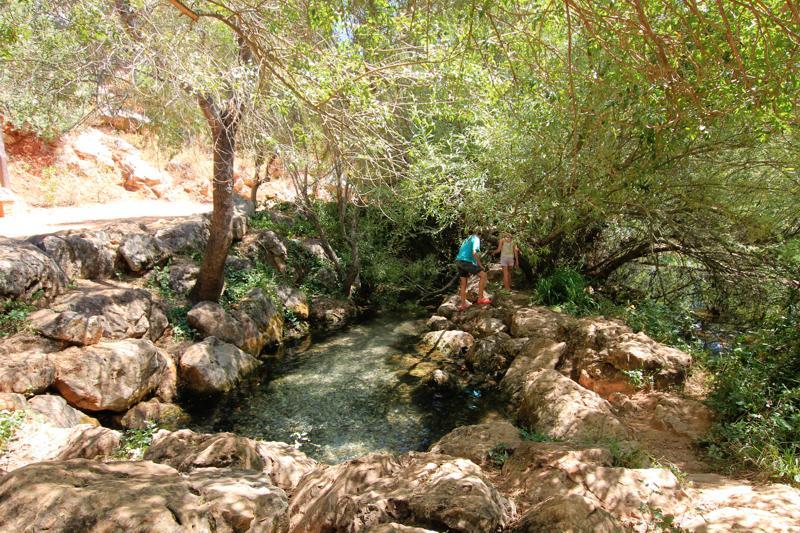 |
Salir Castle (Algarve) |
| 15,8 Km |
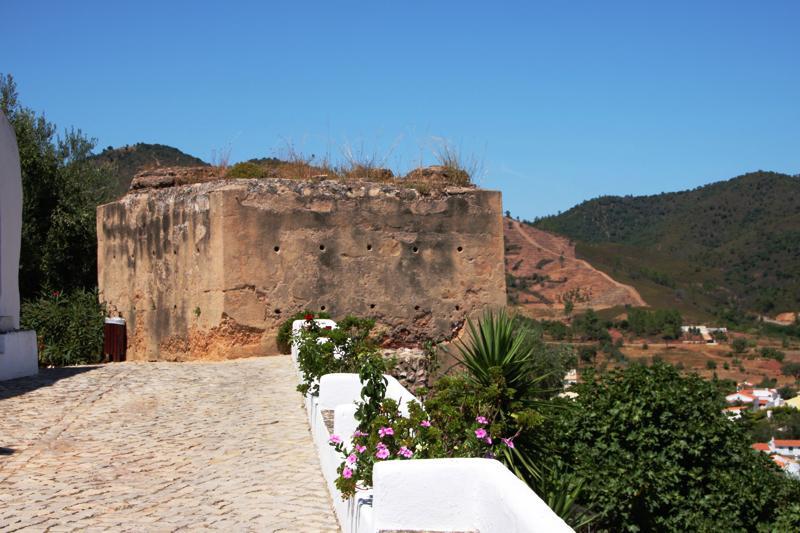 |
Salgados Beach (Albufeira) |
| 15,8 Km |
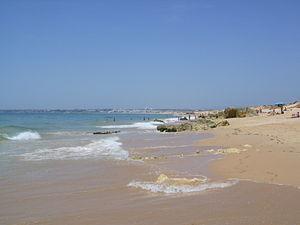 |
Chapel of the Bones of Alcantarilha (Algarve) |
| 16,6 Km |
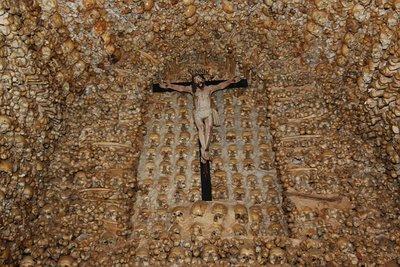 |
Quinta do Lago Beach (Almancil) |
| 16,9 Km |
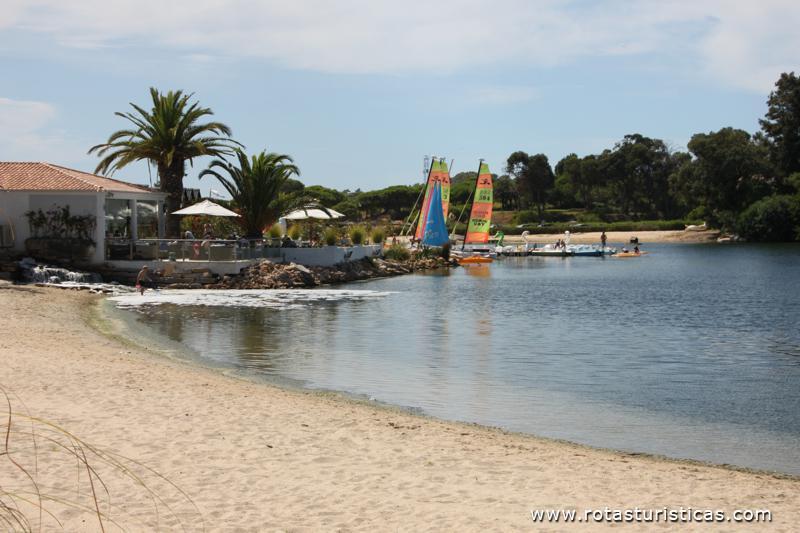 |
Our Lady of the Assumption Mother Church (Querença) |
| 16,9 Km |
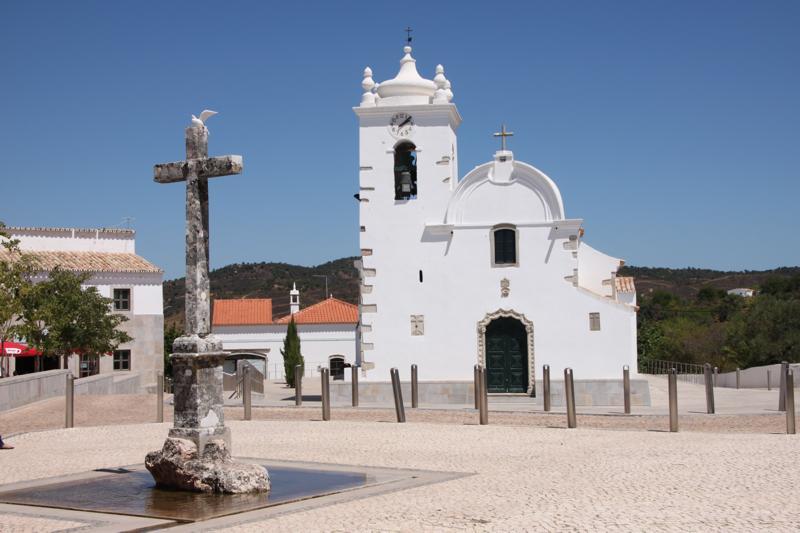 |
Armação de Pera Fortress |
| 18,1 Km |
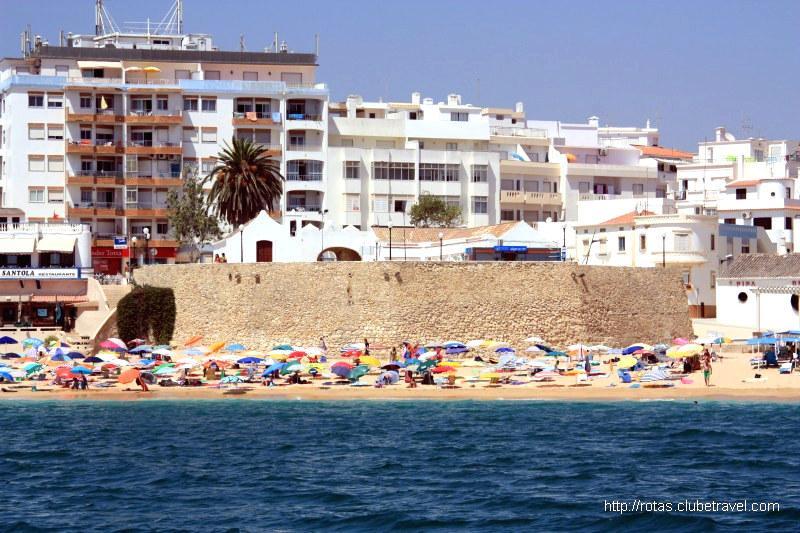 |
Armação de Pera Fortress (Algarve) |
| 18,1 Km |
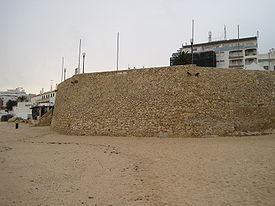 |
Chapel of Saint Anthony (Armação de Pera) |
| 18,1 Km |
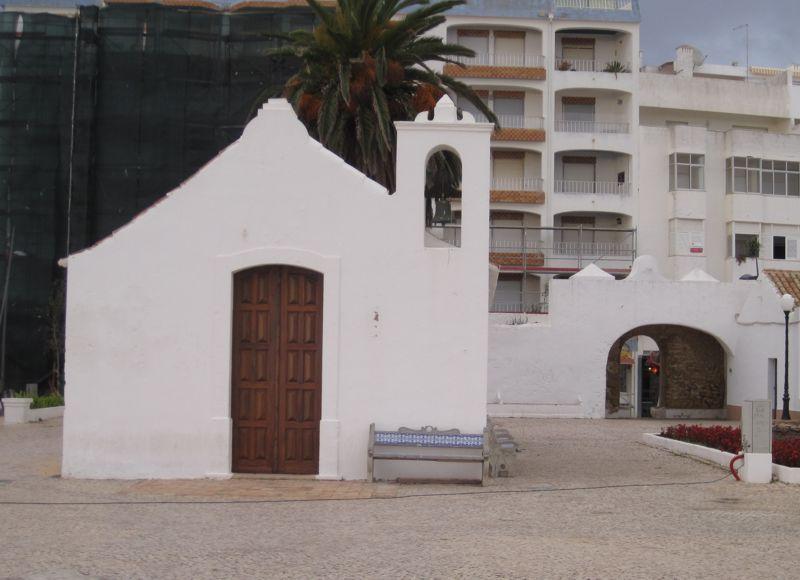 |
Fonte Filipe (Loulé) |
| 18,2 Km |
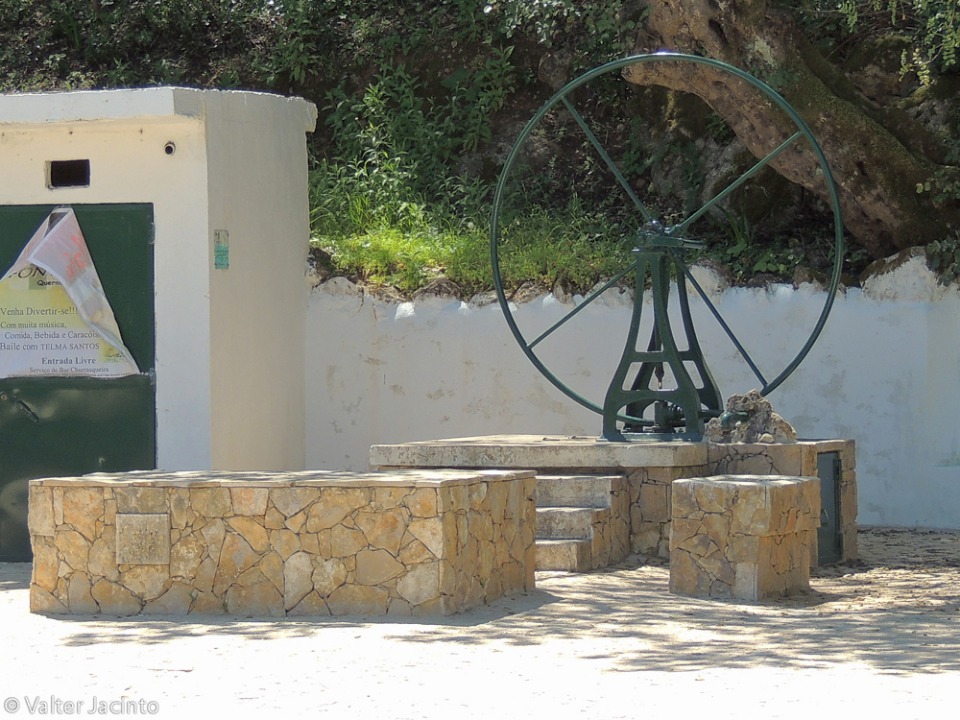 |
Praia de Armação de Pera |
| 18,3 Km |
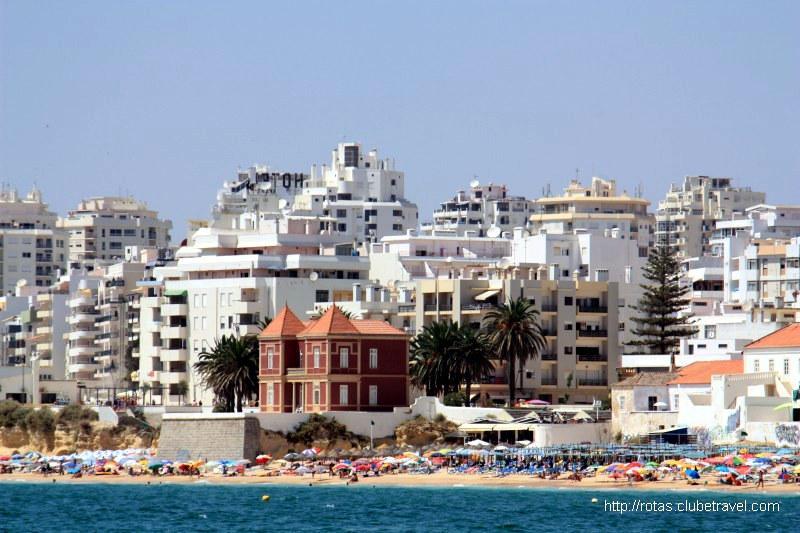 |
Aqualand Algarve (Alcantarilha) |
| 18,4 Km |
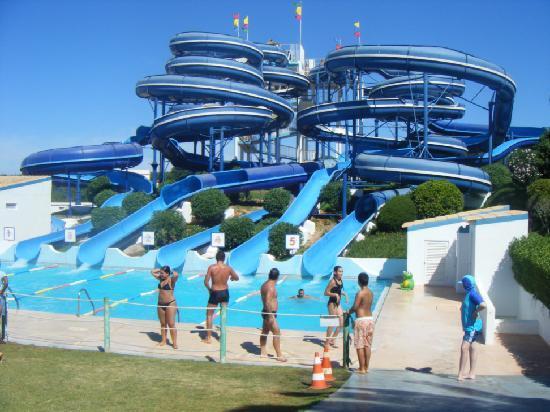 |
Village of Armação de Pêra (Algarve) |
| 18,4 Km |
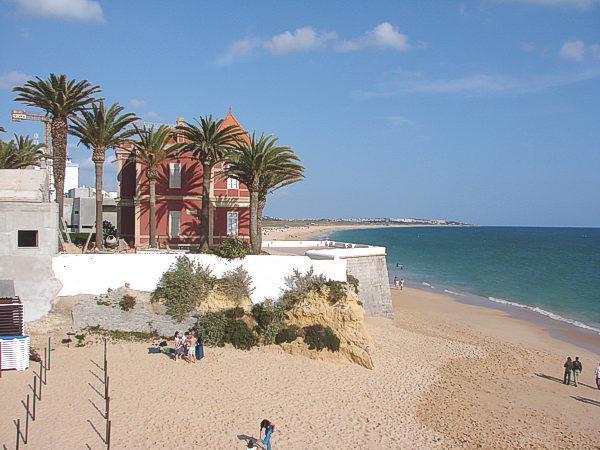 |
Armação de Pera Beach (Algarve) |
| 18,5 Km |
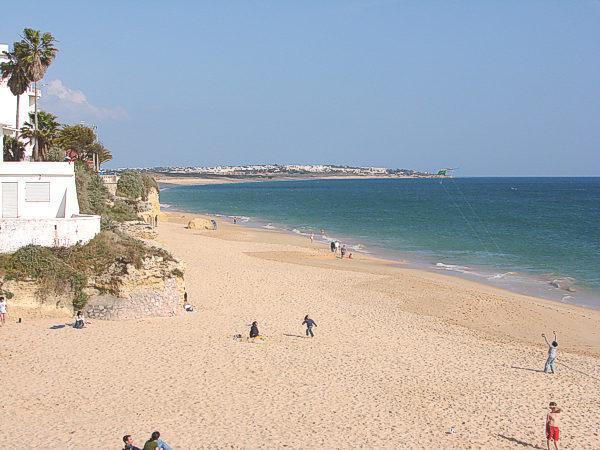 |
Hotel reservation near Mother Church of s. Sebastião - Boliqueime within a radius of 20 km
Why to book with RUTAS TURISTICAS
The best prices
Our partnerships with the world´s largest operators offer research on the best market prices.
More options
At Rotas Turisticos you can book the hotel, buy the air ticket, book the transfer from the airport to the hotel and vice versa, book the local excursions, rent the car, take travel insurance and consult the places to visit and where to go.
Holiday Tips & Destinations
Hundreds of holiday destinations with all the options that allow you to easily choose the destination that best suits your dream vacation.
RUTAS TURISTICAS
Links


